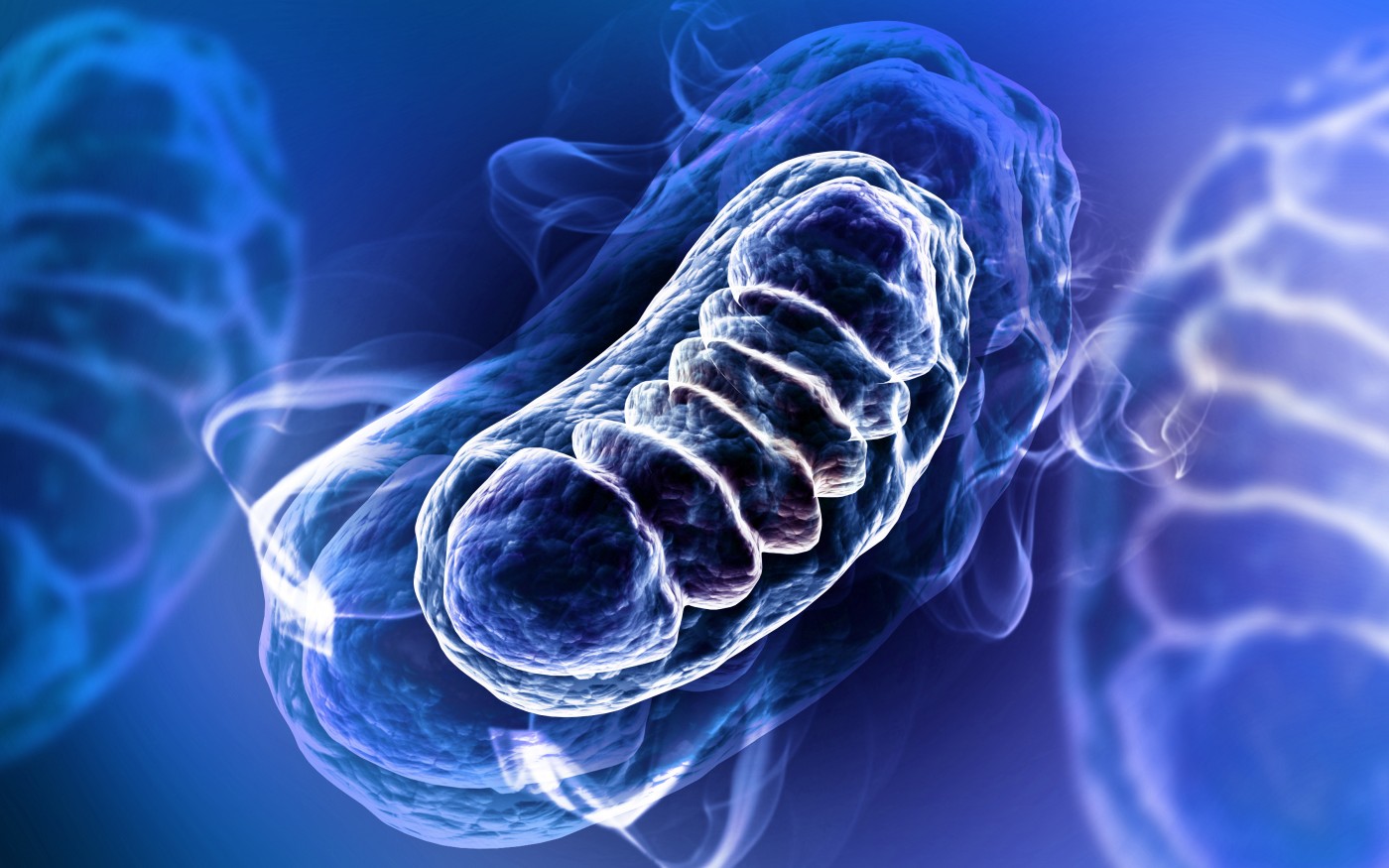SPG7 Protein Found to Regulate Mitochondria-Induced Cell Death

In a recent study entitled “SPG7 Is an Essential and Conserved Component of the Mitochondrial Permeability Transition Pore”, scientists discovered that the protein SPG7 is the core component of the permeability transition pore (PTP), a structure located in mitochondria membranes, and that it plays a key role in mitochondria-induced cells’ death. The study was published in the journal Molecular Cell.
The mitochondrial PTP is a crucial structure located within mitochondria’s membrane – the cells’ power houses responsible for generating the energy our cells need to work. Additionally, mitochondria’s regulate several major cell death mechanisms, and PTP is the key mediator of a type of cell death called necrotic cell death (death caused by cell injury). However, the core component of PTP is unknown.
A team of scientists led by Muniswamy Madesh, PhD, Associate Professor in the Department of Biochemistry, the Cardiovascular Research Center, and the Center for Translational Medicine at Temple University School of Medicine (TUSM) unraveled the identity of the core component of PTP, the protein spastic paraplegia 7 (SPG7). This represents a marked development to understand the mechanism of action of PTP, as Dr. Madesh explained, “The only known molecular component of the PTP prior to our discovery of SPG7 was a protein called CypD, which is necessary for pore function.”
The team performed an RNA interference-based screen where a series of potential gene candidates were “knocked down,” i.e., silenced, and analyzed how this strategy affected PTP opening and mitochondria function, specifically mitochondria calcium levels, an established mechanism that triggers cell death by calcium overload. The screen, which began with 128 different genes and was trimmed down to 14 candidate PTP components, identified that only loss of SPG7 prevented PTP opening. This results in a calcium influx and induction of PTP-dependent cells’ death (necrosis).
Previous studies on PTP were performed in a disease setting, but there was a lack of knowledge on PTP mechanism in healthy conditions, as Dr. Madesh noted, “Under physiological conditions, SPG7 may function through transient pore openings to release toxic metabolites that have accumulated in mitochondria.”
The team will now investigate the role of SPG7 in vivo with knockout animals, but their results may already prompt the development of novel therapeutics for mitochondria-associated disorders, including heart failure, stroke, cancer and neurodegenerative diseases.






